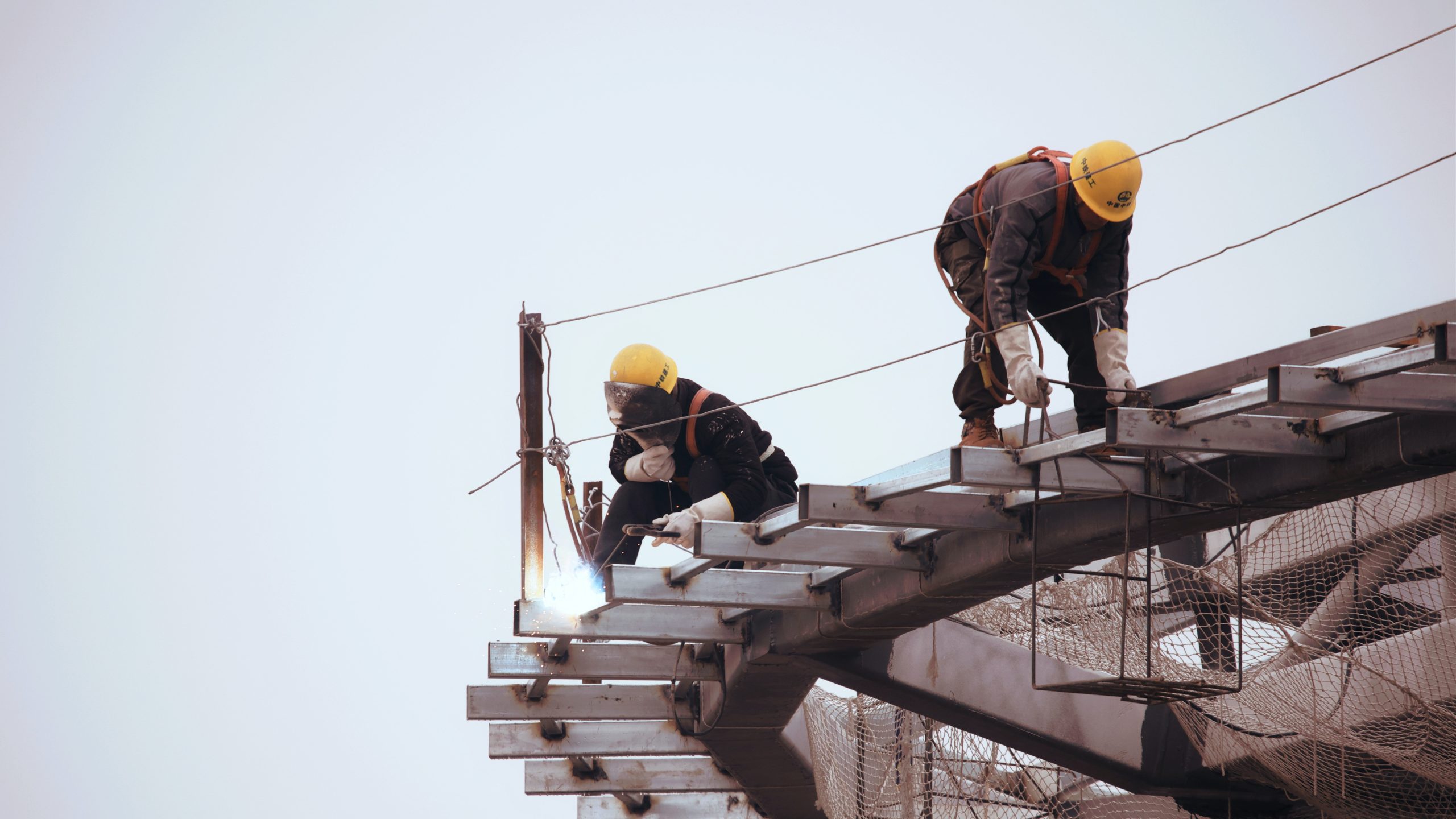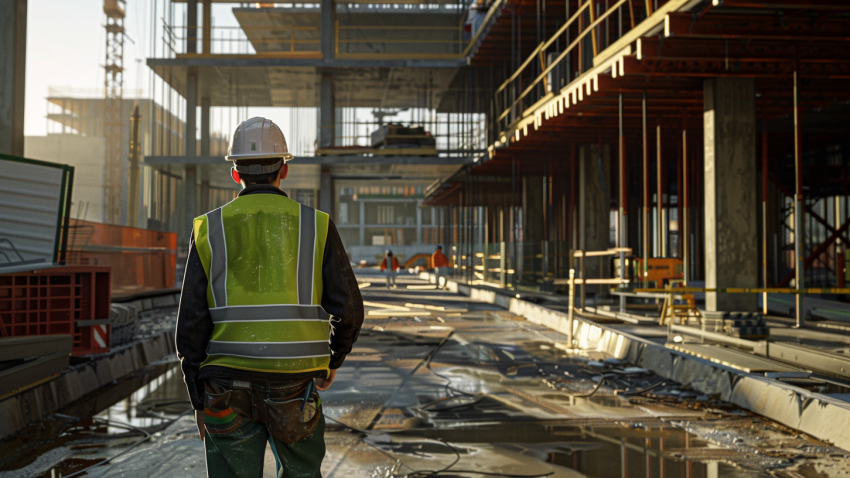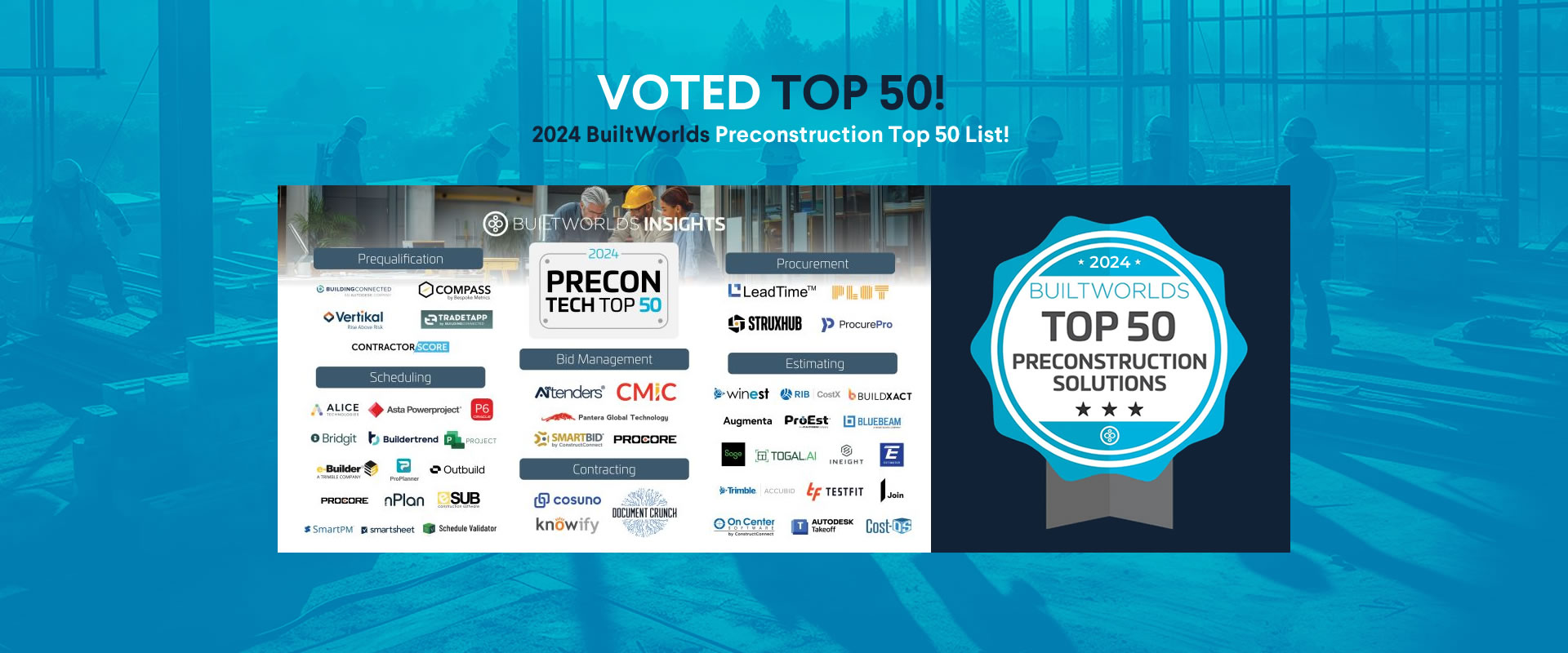Construction Safety: How to Reduce Jobsite Accidents with Effective Sub and Safety Tracking Using StruxHub Permit
Construction job sites are inherently hazardous environments, with numerous potential risks and hazards that can lead to accidents and injuries. As a contractor or project manager, ensuring the safety of your workers and maintaining a safe jobsite should be your top priority. In the fast-paced world of construction, achieving a high level of safety can be challenging, but it is crucial for the well-being of your team and the success of your projects. One effective way to achieve this is by implementing effective subcontractor and safety tracking measures, which can help identify potential hazards, maintain a strong safety culture, and promote a proactive approach to accident prevention.

In this article, we will delve deep into the world of sub and safety tracking, exploring its numerous benefits and providing practical tips on how to reduce jobsite accidents through the implementation of these measures. From developing a comprehensive safety plan and conducting regular jobsite inspections to leveraging technology for safety tracking, we will cover a wide range of strategies that can be tailored to your specific needs and help create a safer working environment for all involved.
Furthermore, we will discuss the importance of fostering open communication and collaboration between your team members and subcontractors, as well as the value of implementing a safety incentive program to motivate your workforce to prioritize safety in their daily tasks. By creating a strong safety culture and maintaining rigorous safety standards, you will not only protect your workers but also contribute to the overall success and reputation of your construction business.
So, join StruxHub as we embark on a journey into the essential world of subcontractor and safety tracking, and discover how implementing these measures can revolutionize your approach to jobsite safety.
Armed with the knowledge and insights shared in this guide, you will be well-equipped to create a safer and more efficient working environment, significantly reducing the risk of accidents and injuries on your construction sites, and paving the way for a successful and thriving construction business.
Develop a Comprehensive Safety Plan
Before starting any construction project, develop a comprehensive safety plan that outlines the potential hazards, safety protocols, and procedures to be followed on the jobsite. This plan should be communicated to all workers, including subcontractors, to ensure everyone is aware of the safety expectations and requirements.
Conduct Regular Jobsite Inspections
Regularly inspect the jobsite to identify any potential hazards or safety concerns. This includes checking for proper use of personal protective equipment (PPE), verifying that equipment and tools are in good working condition, and ensuring that safety procedures are being followed.
Implement Subcontractor Safety Training
Provide safety training for all subcontractors to ensure they are familiar with your company’s safety policies and procedures. This training should cover topics such as hazard recognition, proper use of PPE, and safe work practices.
Establish Clear Lines of Communication
Maintain open lines of communication with subcontractors to ensure they are aware of any changes in safety requirements or procedures. Regularly hold safety meetings to discuss any concerns or issues that may arise, fostering a culture of open communication and collaboration.
Track Subcontractor Compliance
Monitor subcontractor compliance with safety protocols through regular audits and inspections. Document any instances of non-compliance and work with subcontractors to address these issues promptly.
Leverage Technology for Safety Tracking
Utilize safety tracking software to monitor subcontractor compliance and track safety-related incidents. These tools can provide valuable insights into areas of concern, allowing you to proactively address potential issues before they escalate.
Encourage Reporting of Hazards and Near Misses
Encourage workers and subcontractors to report any hazards or near misses they encounter on the jobsite. This can help you identify potential issues early and take corrective action to prevent accidents.
Implement a Safety Incentive Program
Recognize and reward subcontractors who consistently adhere to safety protocols and maintain a safe jobsite. This can encourage a culture of safety and motivate subcontractors to prioritize safety in their work.
By implementing effective sub and safety tracking measures, you can significantly reduce the risk of jobsite accidents and create a safer working environment for everyone involved. This not only protects your workers but also contributes to the overall success and reputation of your construction business. So, start incorporating these strategies today and pave the way for a safer and more efficient jobsite.
To learn more about how StruxHub can streamline your construction management processes, request a demo today! Learn how we can help you:
Schedule material deliveries with your trades
Coordinate site resources and on-site logistics
Digitize work permits and inspection forms
Communicate and track P6 and Excel schedules
Broadcast announcements to all workers
Don’t miss out on the opportunity to optimize your construction management processes with StruxHub. Contact us today to schedule a demo.



